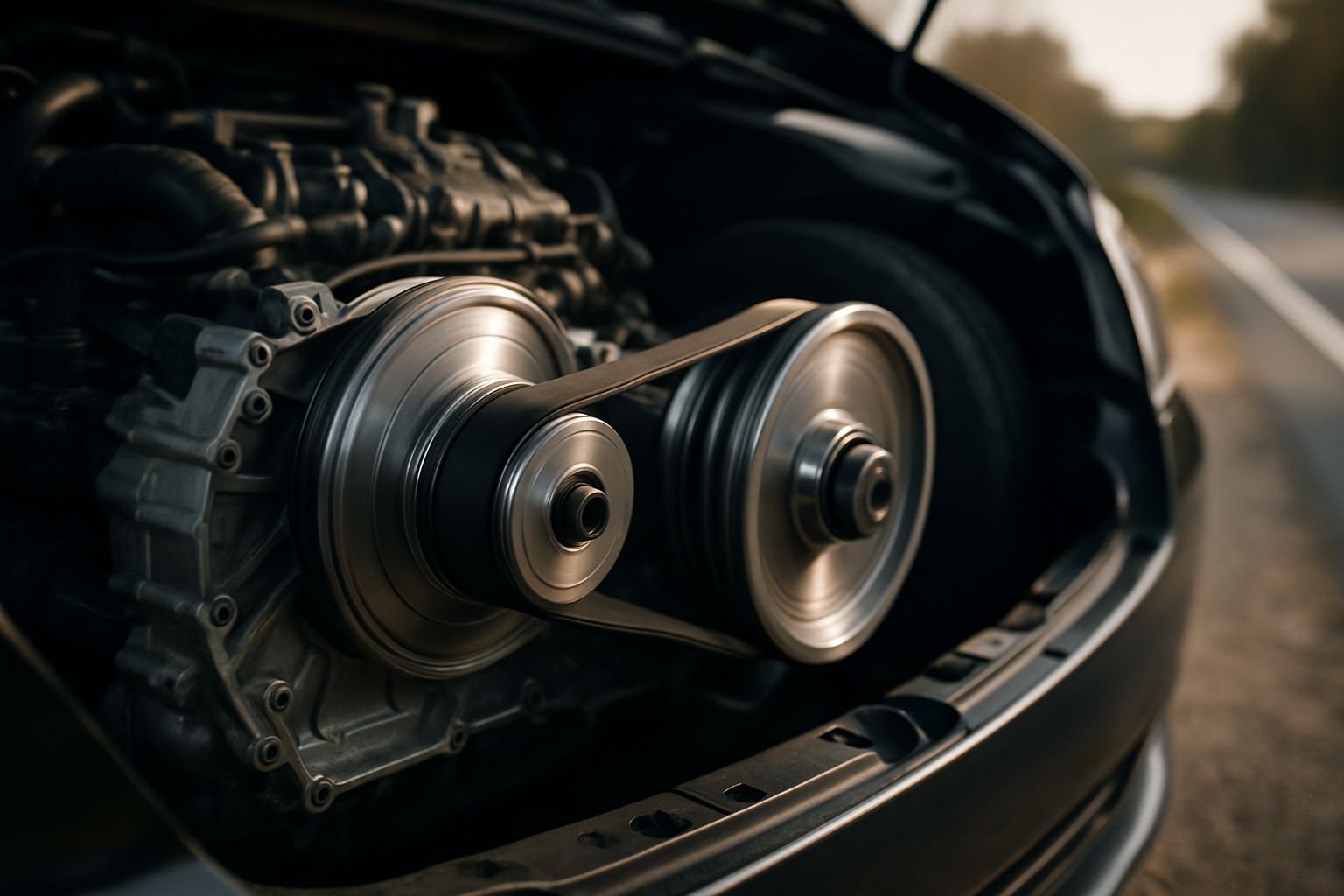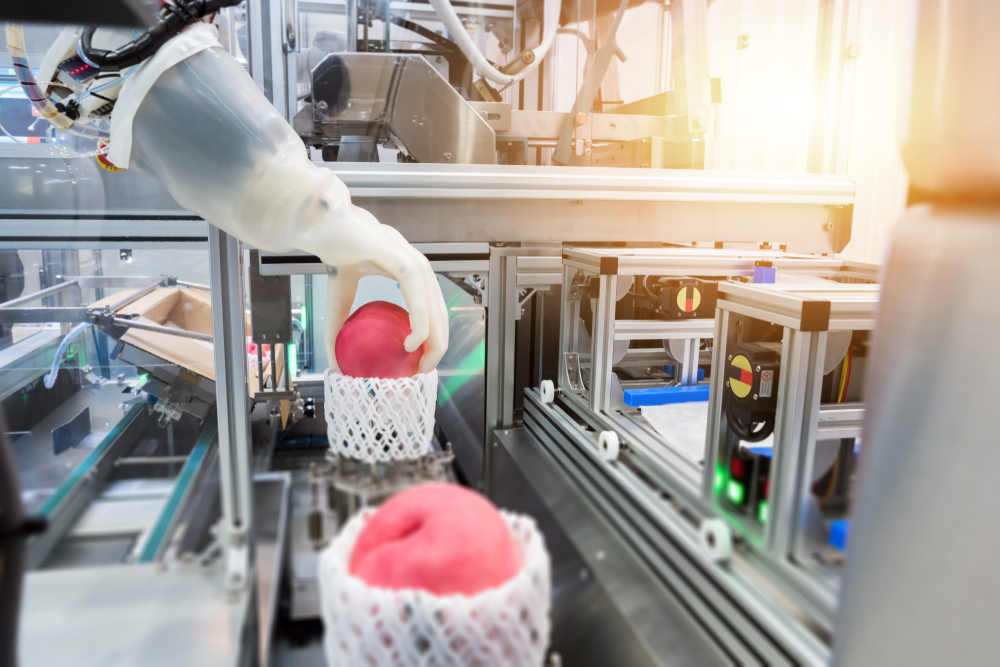Unveiling the Intricacies of Continuously Variable Transmissions
Introduction: Imagine driving a car that smoothly accelerates without the jarring shift of gears. This is not a futuristic concept, but a reality made possible by Continuously Variable Transmissions (CVT). This article delves into the fascinating world of CVTs, their historical development, current trends, and their impact on the automotive industry.

A Journey Through Time: The History of CVTs
The concept of CVTs is not a recent development. The idea was first patented in 1886 by Daimler and Benz, the founders of Mercedes-Benz. However, it wasn’t until the 1950s that CVTs were first used in production cars, specifically in the small, Dutch-manufactured DAF cars. Over time, the technology has been refined and adopted by various manufacturers, including Nissan, Honda, and Subaru, due to its fuel efficiency and smooth driving experience.
The Mechanics of CVTs: How They Work
Unlike traditional automatic or manual transmissions, which have a fixed number of gear ratios, CVTs offer an infinite number of ratios, providing a seamless transition between gears. This is achieved through a pair of pulleys connected by a belt or chain, with one pulley connected to the engine and the other to the wheels. The diameters of these pulleys can change, altering the gear ratio and allowing for smooth acceleration or deceleration.
Current Trends: CVTs in Today’s Automotive Industry
CVTs have gained popularity in recent years due to their fuel efficiency and smooth driving experience. They are particularly prevalent in hybrid vehicles, where their ability to optimize engine speed can enhance fuel economy. However, they are also being used in conventional gasoline-powered cars, with manufacturers like Nissan and Subaru leading the way.
Impact and Benefits of CVTs
The primary advantage of CVTs is their fuel efficiency. By allowing the engine to operate at its most efficient RPM for a range of vehicle speeds, they can significantly improve fuel economy. Additionally, their smooth operation provides a comfortable driving experience, with seamless acceleration and no noticeable gear shifts.
Challenges and Future Prospects of CVTs
Despite their benefits, CVTs are not without their challenges. Some drivers find the driving experience less engaging, as the lack of noticeable gear shifts can make the car feel less responsive. Additionally, CVTs can be more expensive to repair or replace than traditional transmissions. However, as technology advances and more manufacturers adopt CVTs, these challenges may be overcome, leading to a future where CVTs become the norm rather than the exception.
In conclusion, CVTs represent a significant shift in automotive technology, offering potential benefits in fuel efficiency and driving comfort. As the automotive industry continues to evolve, it will be interesting to see how this technology develops and what role it will play in the future of transportation.





